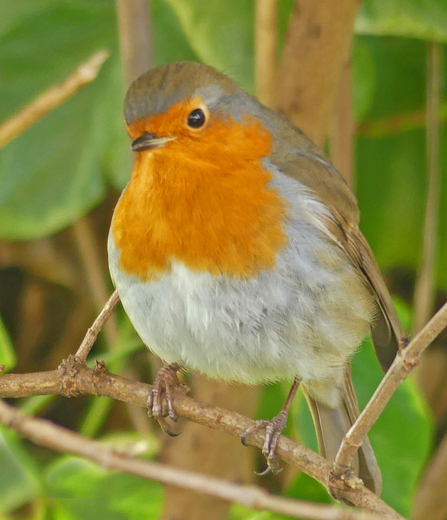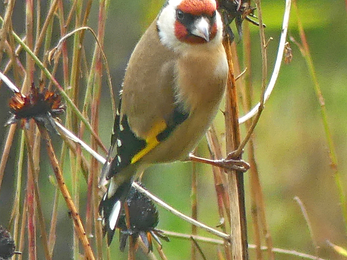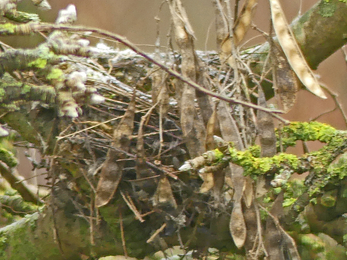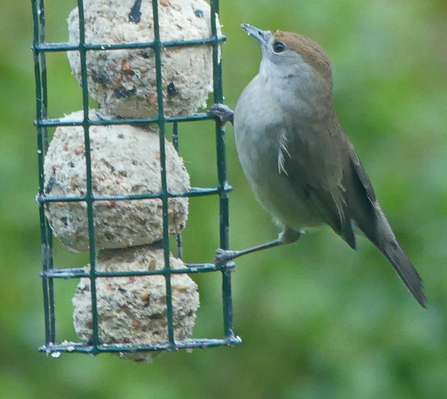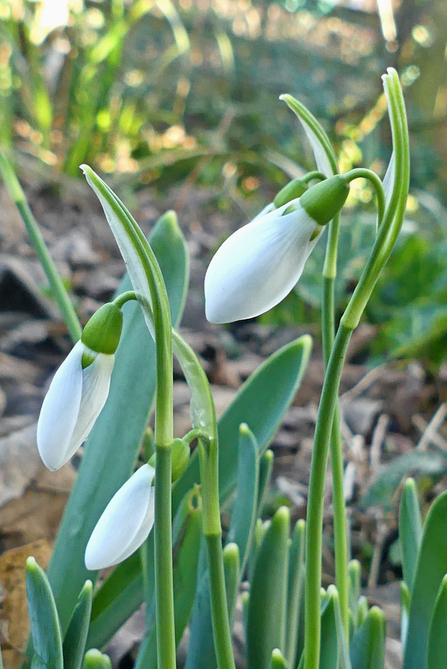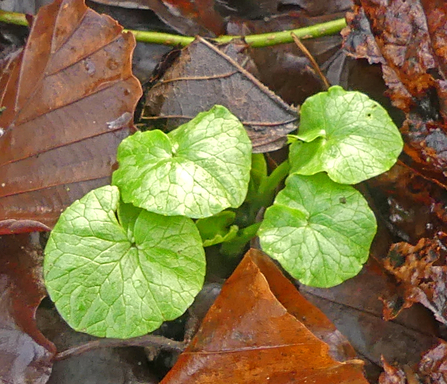The first lockdown, last March, gave most people the opportunity to feel spring arrive and embark on new projects. In the middle of winter, on dank, dreary days, the feeling of optimism is sometimes hard to muster: but spring is on the way!
Over the last 10 months I’ve got into the habit of observing more closely what’s going on in the garden. I’ll be taking part in the RSPB’s annual Big Garden Birdwatch this weekend, but I’m also noting the birds which visit weekly for the BTO’s Garden Birdwatch, which runs all year. It’s fascinating!


